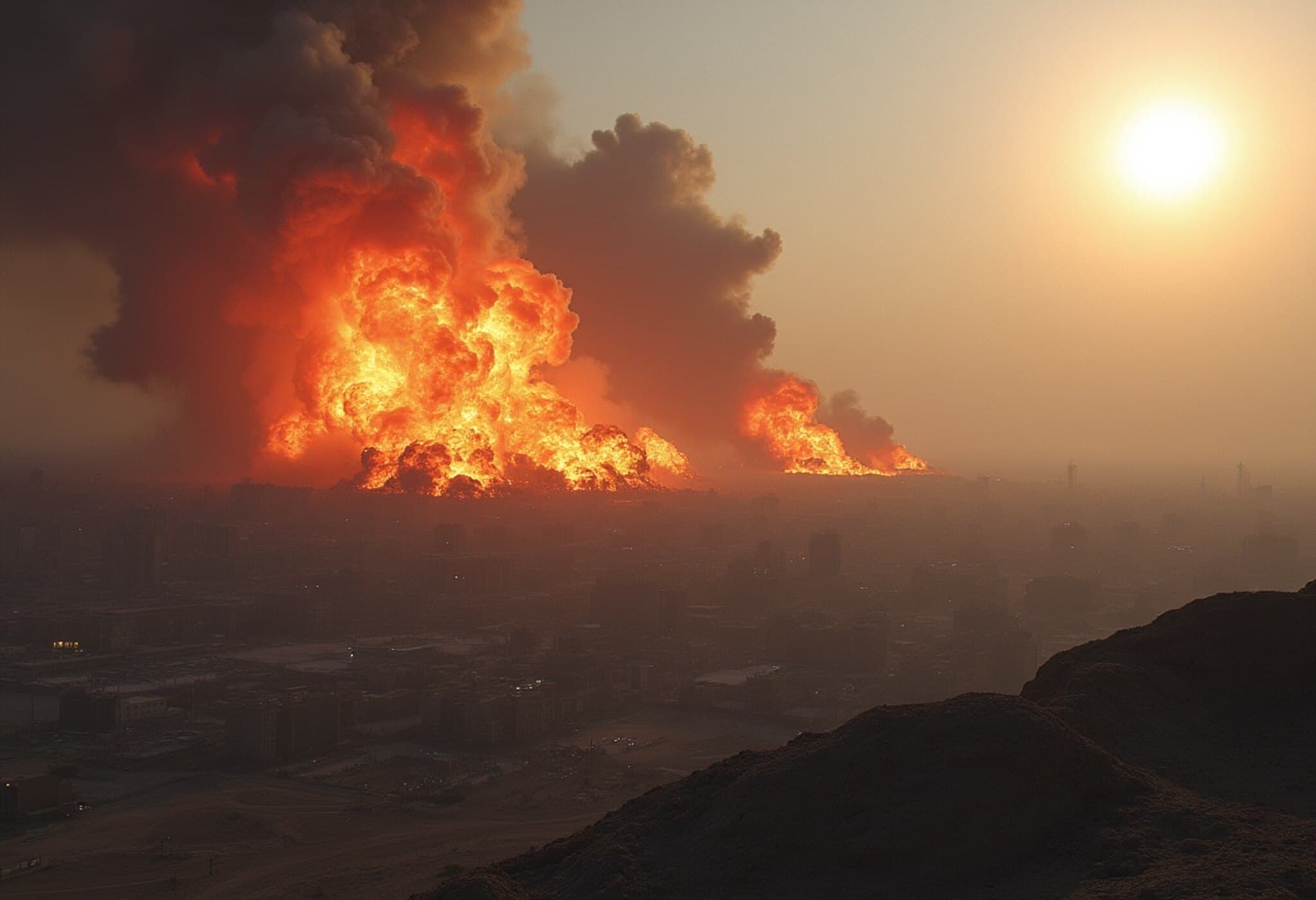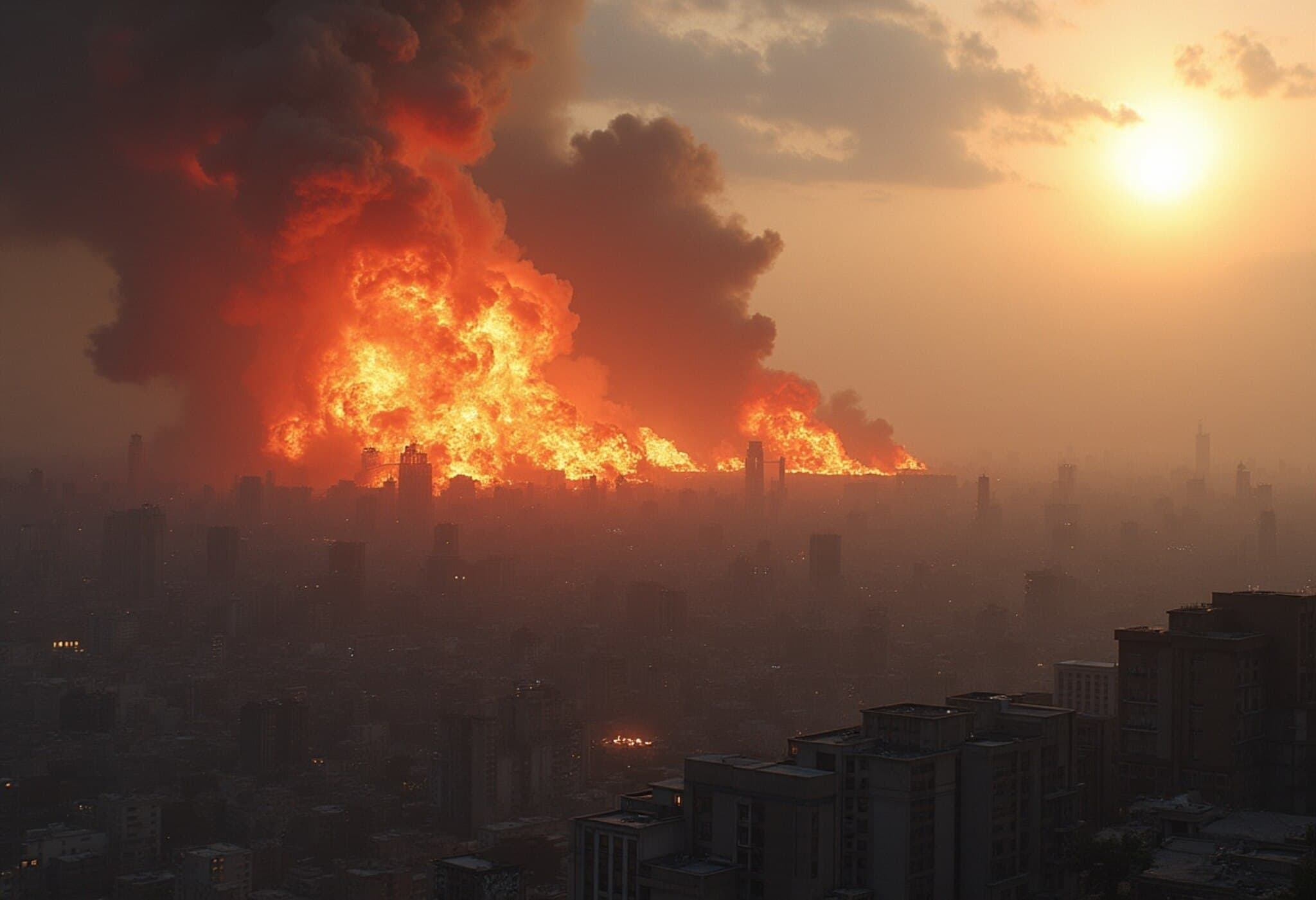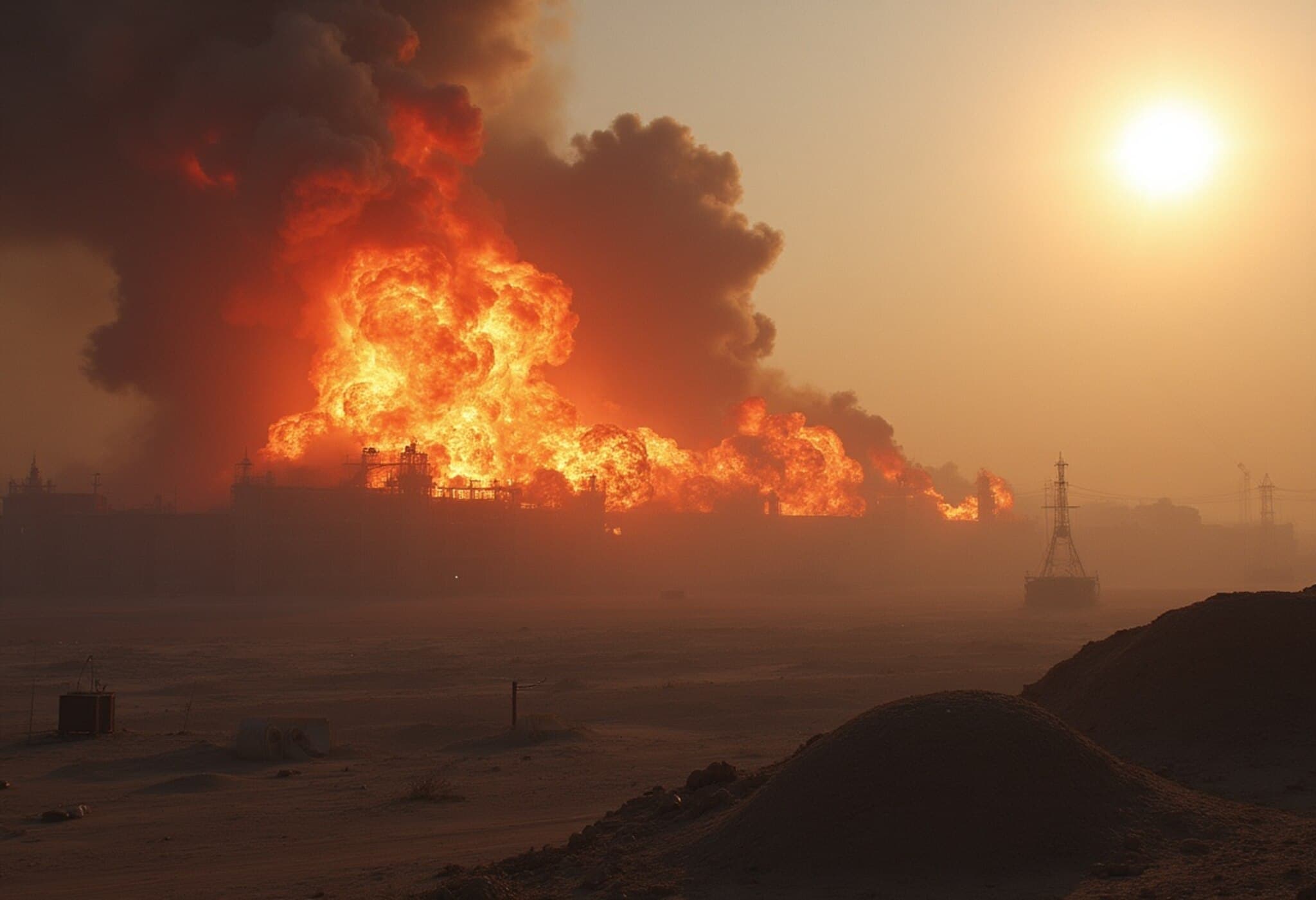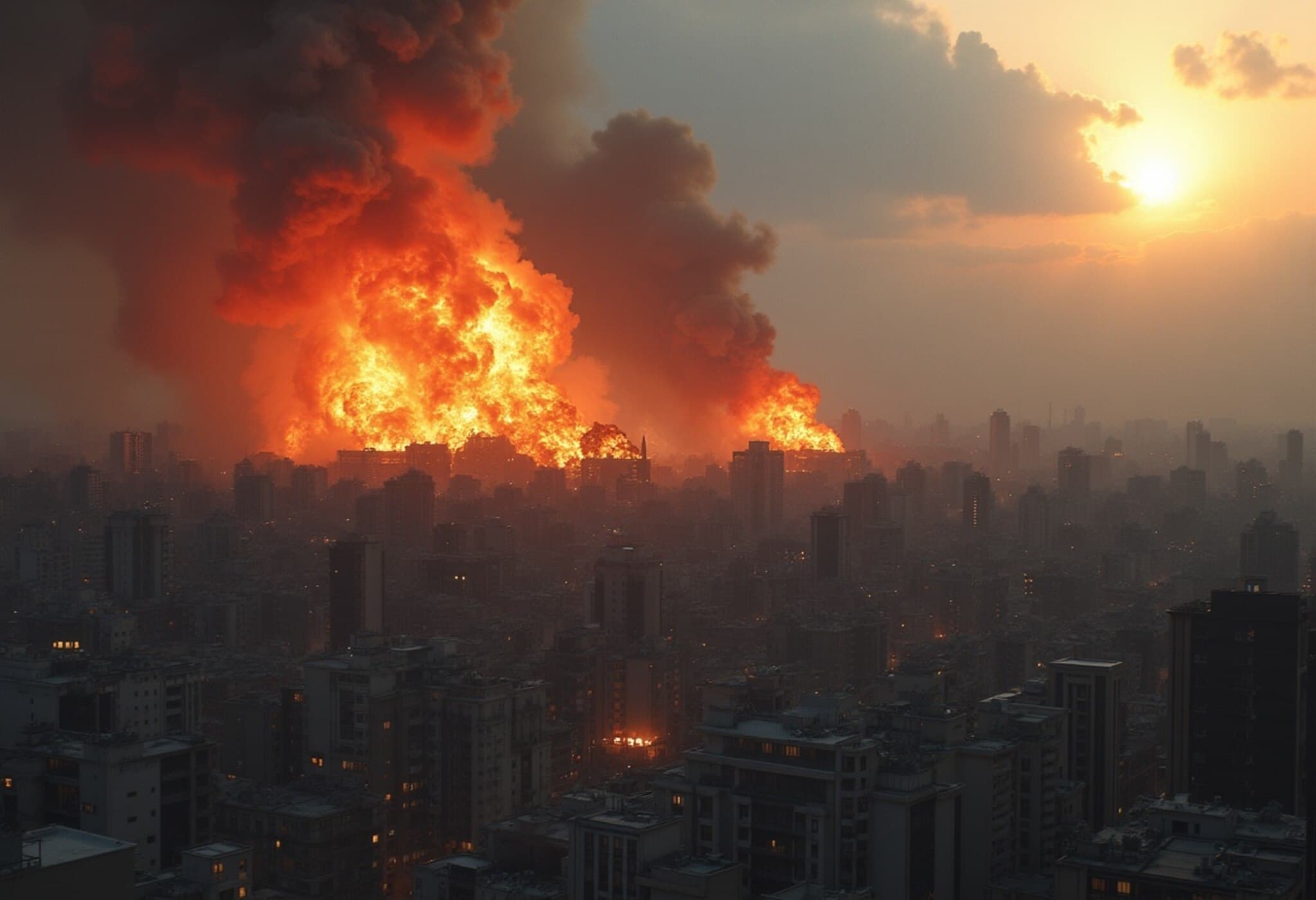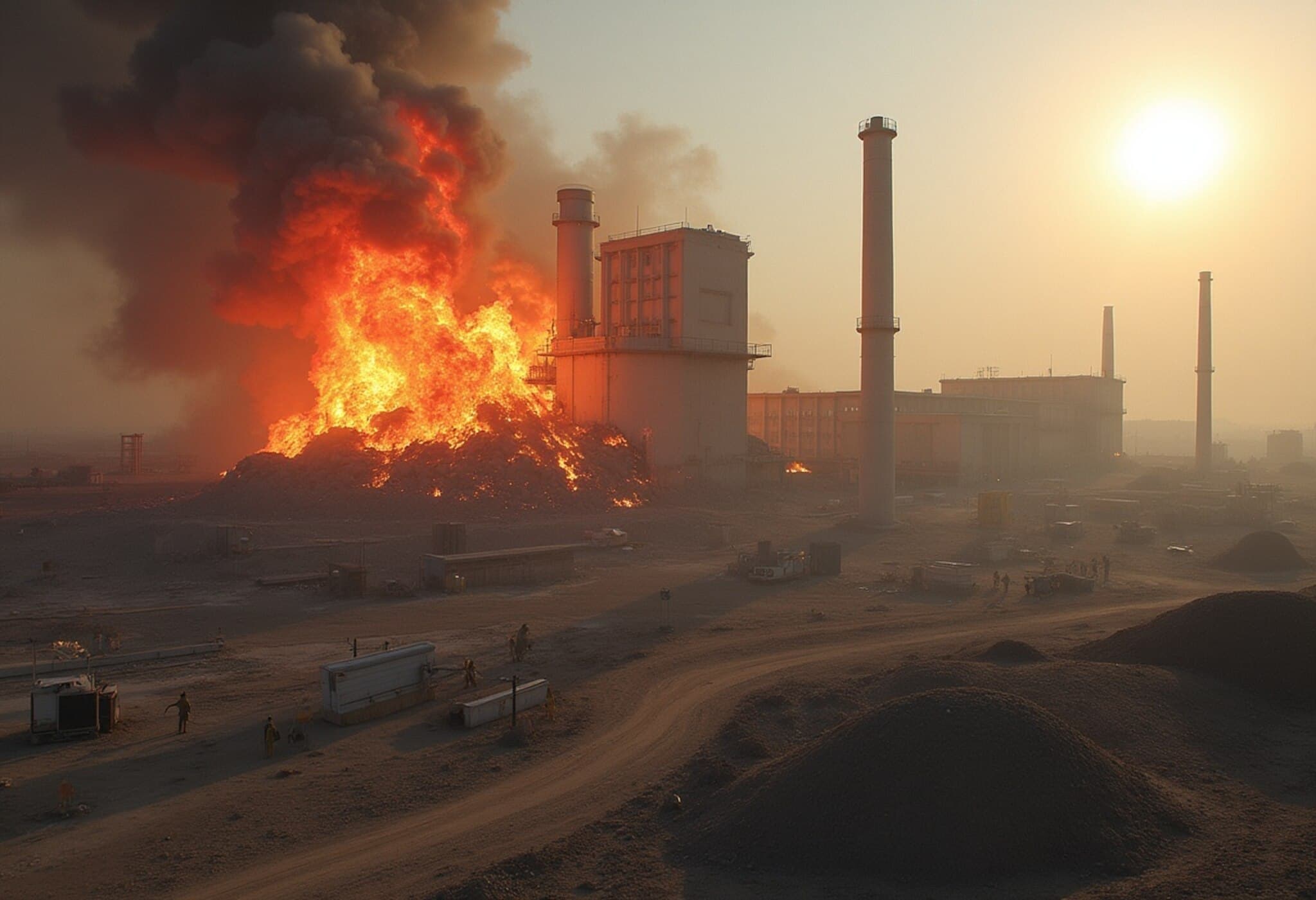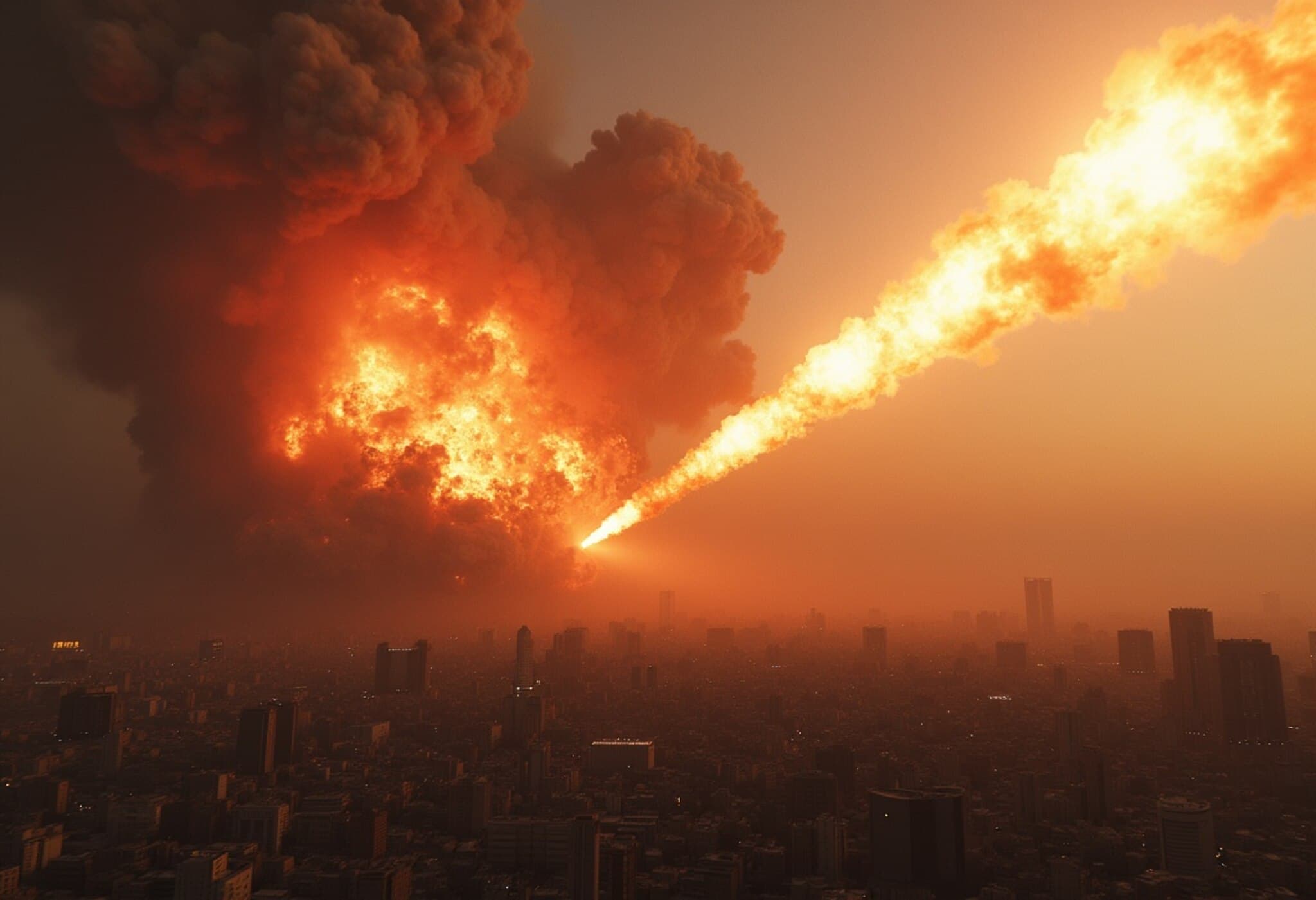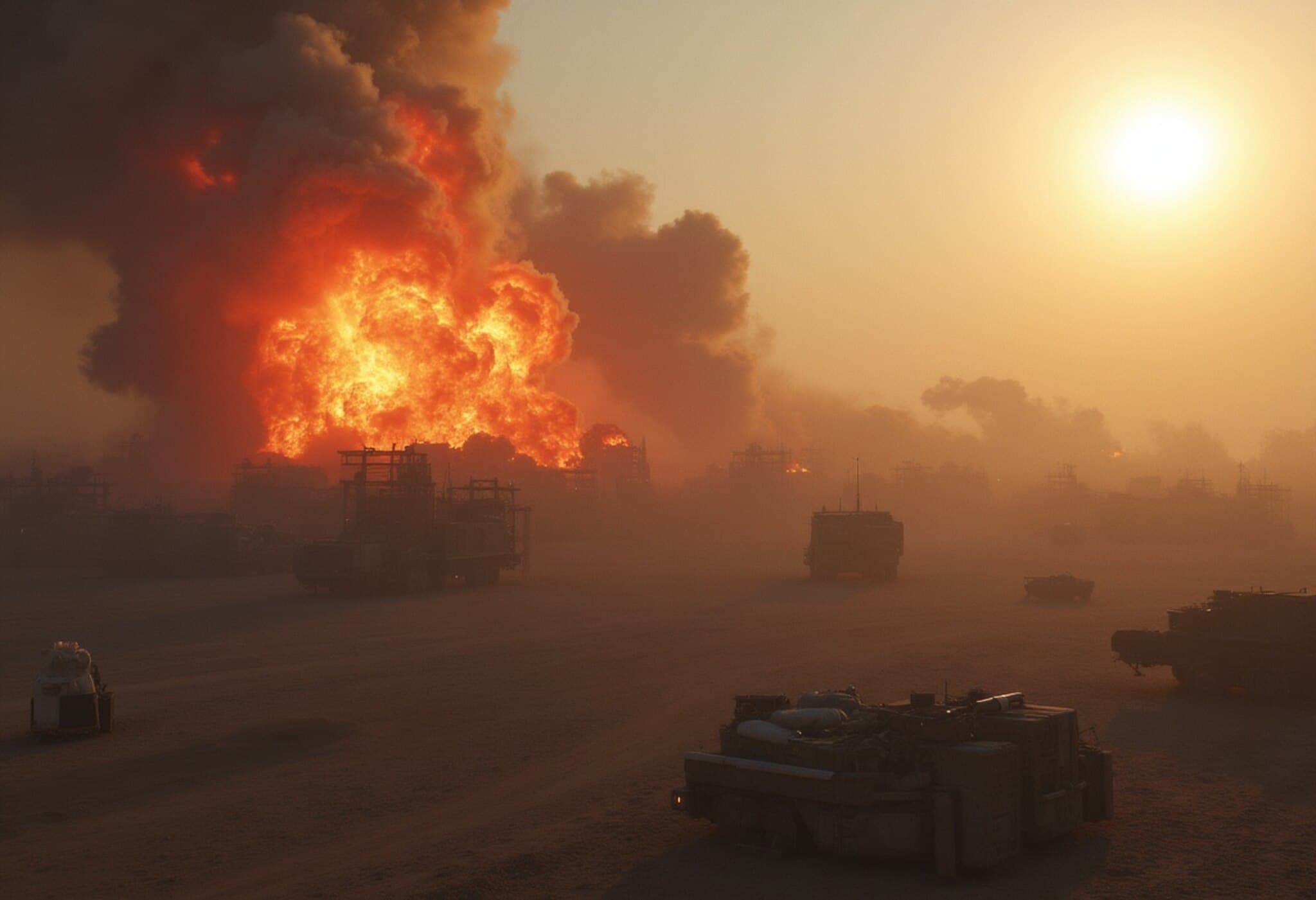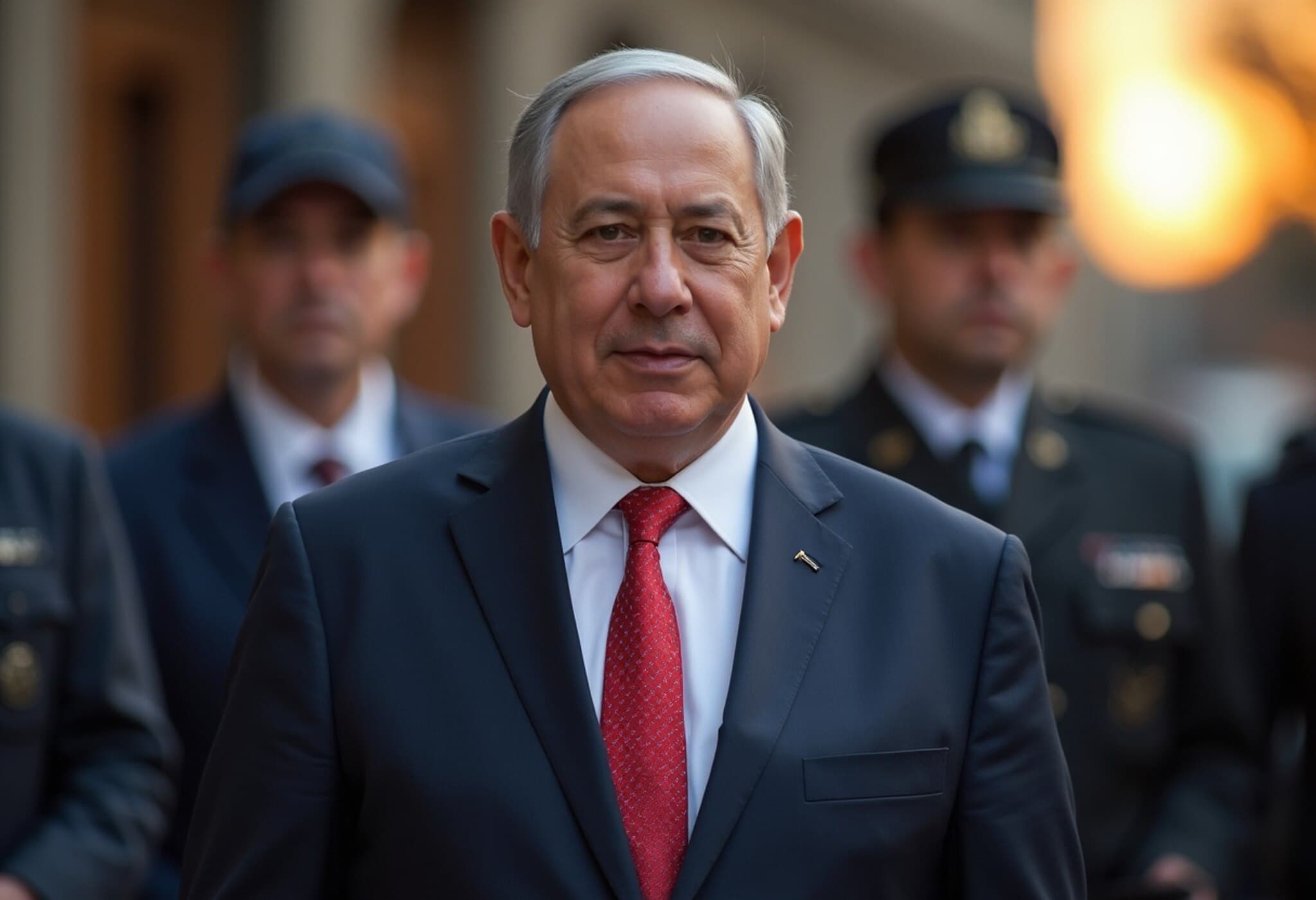US Targets Iran's Most Critical Nuclear Sites in Precision Airstrike
In a significant escalation of tensions, the United States executed precision airstrikes on three of Iran’s most vital nuclear facilities: Fordow, Natanz, and Isfahan. Announced by the US President on social media, the strikes sent a clear message amid rising hostilities following recent Israeli operations aimed at Iran's nuclear infrastructure and Iran’s retaliatory responses.
Decoding the Targeted Facilities
Natanz – The Heart of Uranium Enrichment
Located about 220 kilometers southeast of Tehran, Natanz is the centerpiece of Iran’s uranium enrichment program. This facility has a history of being targeted, including by cyberattacks like the notorious Stuxnet virus and previous airstrikes suspected to be tied to Israel. Notably, uranium at Natanz had been enriched to around 60% purity, nearing weapons-grade levels.
Damage from these attacks affected both above-ground infrastructure and underground centrifuges critical to Iran’s enrichment capabilities. Though radioactive contamination was contained within the site, the International Atomic Energy Agency (IAEA) has monitored the site closely, especially as Iran has attempted to move operations deeper underground for enhanced protection.
Fordow – Iran’s Heavily Fortified Enrichment Complex
About 100 kilometers southwest of Tehran lies Fordow, a smaller yet far more secure enrichment facility built deep within a mountain and fortified with robust defenses. Its secrecy was breached only in 2009 by Western intelligence.
Because of its fortified underground location, only specialized munitions such as the US-made GBU-57 bunker buster bombs—massive conventional bombs weighing nearly 30,000 pounds—can penetrate and destroy its core infrastructure. These bombs are uniquely deployable by the US Air Force’s B-2 Spirit stealth bombers, underscoring direct American involvement in any strike.
Isfahan – The Nuclear Research Hub
Situated approximately 350 kilometers southeast of Tehran, Isfahan houses Iran’s primary nuclear research center, staffed by thousands of scientists. This site includes three research reactors supplied by China, alongside various laboratories and a uranium conversion plant essential in the nuclear fuel cycle.
Despite prior Israeli attacks on parts of the facility, radiation levels have remained stable, suggesting the strikes did not trigger nuclear leaks. The IAEA continues to monitor Isfahan closely to ensure the safety and compliance of its operations.
Facilities Spared in the Recent Airstrikes
The recent US strikes notably did not target several other important sites within Iran’s nuclear landscape:
- Bushehr Nuclear Power Plant: Located on the Persian Gulf, this civilian energy plant operates under International Atomic Energy Agency oversight and uses Russian-supplied uranium fuel.
- Arak Heavy Water Reactor: Positioned southwest of Tehran, this reactor capable of plutonium production underwent redesigns under the 2015 nuclear deal to alleviate proliferation concerns.
- Tehran Research Reactor: Once reliant on highly enriched uranium, it now uses low-enriched uranium as part of non-proliferation commitments.
Escalation Roots and Iran’s Nuclear History
The US airstrikes come on the heels of Israel’s recent operations — labeled 'Operation Rising Lion' — targeting Iran’s nuclear capabilities. Iran responded with its own retaliatory measures earlier this week, signaling a precarious regional situation.
Iran’s nuclear program dates back to 1957, initiated with US support under the Shah’s era for peaceful energy development. This cooperation ended after the 1979 Islamic Revolution, and since then, Iran’s nuclear ambitions have been met with international skepticism despite its commitments under the Nuclear Non-Proliferation Treaty (NPT).
These recent strikes underscore the fraught dynamics in the region, where diplomacy and conflict teeter on a knife-edge.

